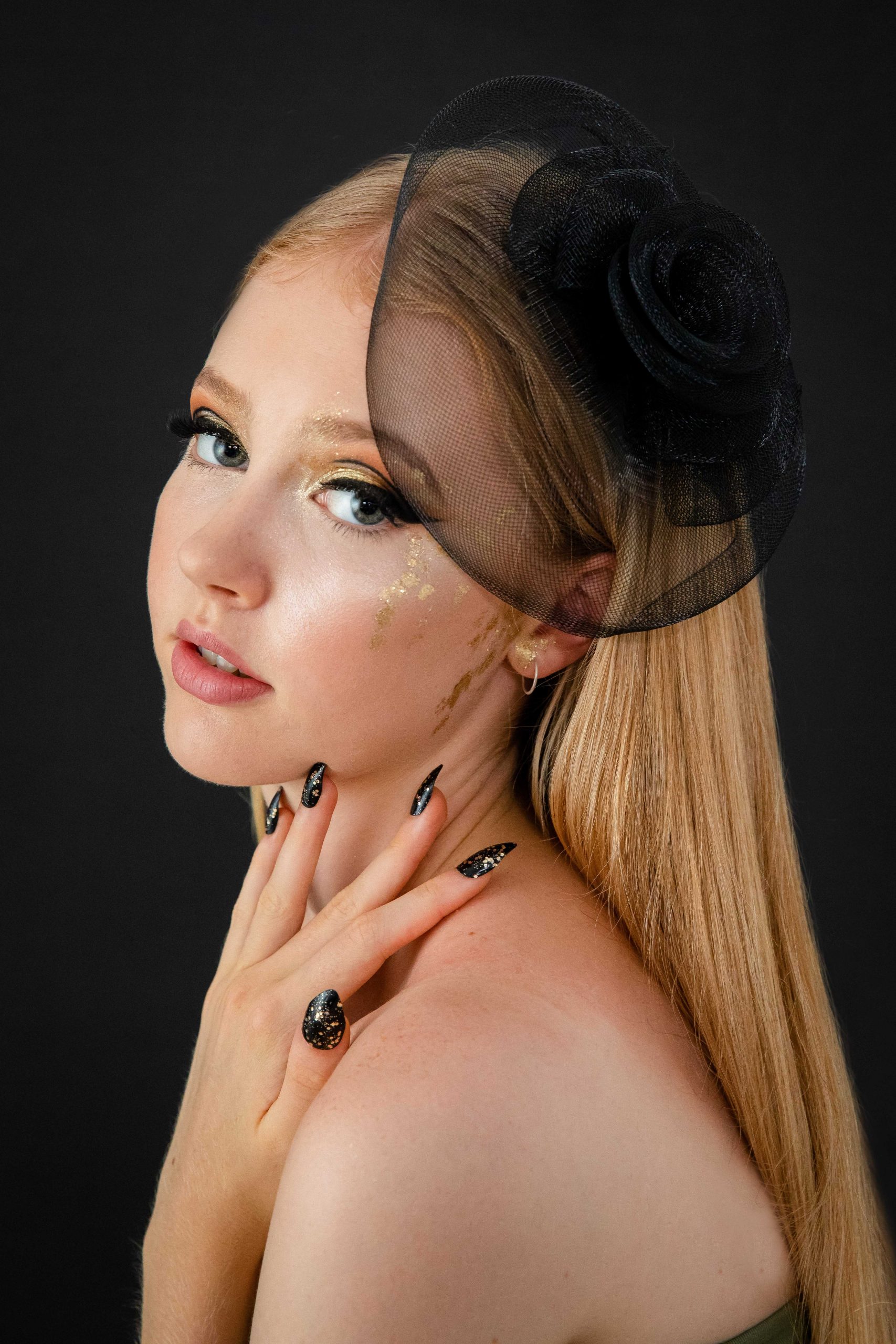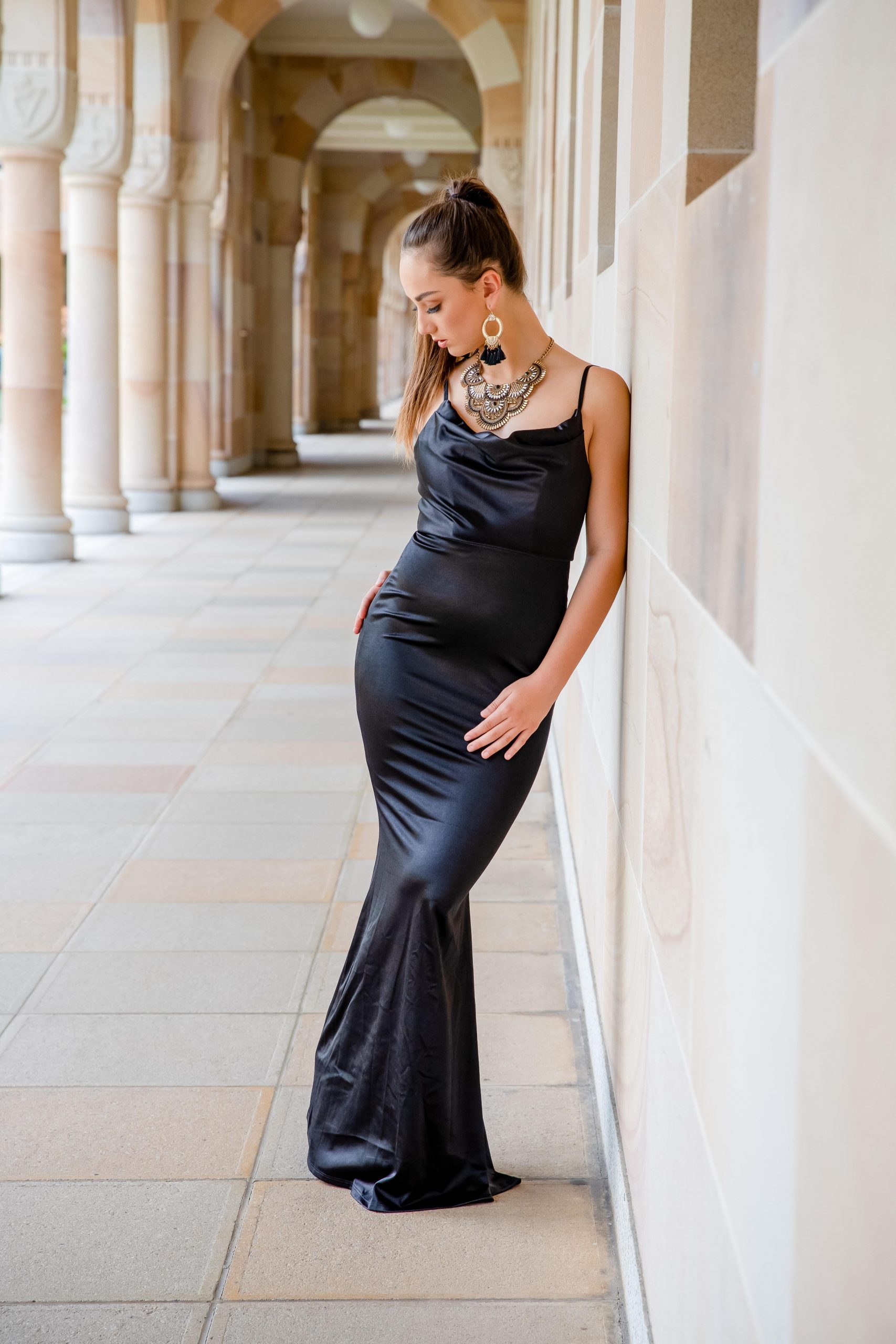The Beginner's Overview to Product Photography
If a photo deserves a thousand words, a stunning product image deserves a thousand internet site check outs. Although I do not have information to back up that declaration (yet), product photography can be very useful to your ecommerce internet site approach.
To reach your target market participants who like purchasing online, you also need to offer your audience clear, eye-catching images of your items.
Yet product photography isn't as basic as directing as well as firing. Also one of the most fundamental products require the appropriate devices, illumination, and also space to generate beautiful photos that sell buyers right from the purchase page.
6 Product Photography Tips (and Examples) for Taking Photo That Market
Right here are the suggestions, instances, and supplies you'll require to successfully photograph and also market your items in a manner that makes your visitors and also prospects wish to transform.
1. Don't be afraid to utilize your smart device's electronic camera.
This is the part where I'm expected to persuade you to invest in a high-end, 50-megapixel (MP) cam with a 100-millimeter screw-on lens. But I'm not mosting likely to do that.
If you already own a cam that fits this description, make the most of it. But also for lots of types of items, it's totally appropriate to shoot product pictures on a smart device.
More recent smartphones flaunt effective cam lenses and settings that permit you to enhance your shots for the various kinds of light and also settings you could fire in.
If you need a lot more convincing, simply check out Apple's Shot On An apple iphone project and the images that have actually arised from it over the years such as this set:
2. Fire from a tripod for photo consistency.
Before discussing tripods, I'm obligated to start with a cardinal policy: Don't prop your phone versus something strong to intend your lens toward the subject.
It's just also simple for this makeshift arrangement to slide around throughout the shoot and also cause variances in your pictures' appearance. If you rest your camera on, say, a stack of books, simply make sure this plan doesn't transform over the course of the shoot.
There's no damage in holding your video camera yourself when firing just a few product pictures for your ecommerce website. Yet as your business expands, and also you take a lot more pictures of more items, it can be tough to standardize the product's positioning in each photo when firing handheld.
To make sure consistency throughout your items, you'll require a tripod. And also thankfully, buying one isn't always the big, industrial-sized investment it used to be.

Below are 2 types of tripods to consider.
Typical vs. Versatile
This is a tradition tripod-- there are conventional tripods available for both cams and also smartphones.
A flexible tripod can be controlled in a variety of means. You can flex its legs as well as put it on various surfaces to get the angle you need.
Mobile Grasp
There's frequently a screw on the top of your tripod which affixes to your camera to hold it in position. The underside of most professional-grade video cameras has a screw hole just for this objective, but smart devices can utilize the following adapter:
The adapter grips the sides of your mobile phone as well as can screw into either sort of tripod, allowing you to run the electronic camera manages with the phone screen facing exterior and towards you.
Once you https://651bdf0d448a5.site123.me figure out which install you'll need, set it up before your product, as well as think about putting 3 items of tape on the ground to mark where you 'd like to maintain each leg of your tripod over the course of the shoot.
3. Pick all-natural light or fabricated light.
Never undervalue just how particular types of light can enhance (or hinder) your product photography. Keep in mind, customers obtain the very best check out an product face to face, where they can see everything they require to prior to getting. The appropriate lights arrangement assists you expose those vital decision-making product functions when all website visitors need to go on is a photo.
A solitary lighting setup could not work for every product-- a lighting setup that works for some items could damage the appearance of others.
There are 2 sorts of light you can choose as your primary light: natural as well as artificial light.
Natural Light
Natural light refers to sunshine-- simple as that. It's additionally known as "soft light" since the sun casts a larger, softer variety of light than, claim, a light beaming directly on the product. Ecommerce product shots flourish in natural light if:
The product is shot outside or suggested to be made use of outside.
The product is used by, worn on, or shot with a individual (people have a tendency to look better in all-natural light).You're trying to emphasize the product's environments, rather than specific qualities of the product.
Right here's an example of a shot making use of natural light:
Fabricated Light
Fabricated light includes candles, fire, and also more commonly, light bulbs. It's likewise described as " difficult light" because it generates a smaller sized however a lot more concentrated light surface area. This type of light caters to products with physical information that need to be highlighted to excite an on the internet shopper.
As a basic policy, stick to just one kind of light per photo-- all-natural or fabricated. Including all-natural light to an artificially lit photo can soften a product that's meant to look sharp, and including fabricated light to a naturally lit photo can hone a product that's implied to look soft. You don't intend to get in your very own way.
4. Fill or jump your light to soften darkness.
Whether you utilize all-natural light or synthetic light, you'll need to lessen the darkness that any possible tough light casts on the opposite end of a product.
There are 3 ways to do this:
Fill Light
Consist of another, less-intense source of light to supplement your main light. This added light is called your fill light and is used as a counterbalance to soften the natural darkness your primary light generates behind an things.
To do this, put your fill light opposite your primary light so your product sits between both source of lights.
Flashbulb Bounce Card
A bounce card, or reflector card, is a small card that " mirrors" or "bounces" the major light back onto the surface area underneath your product to decrease shadows.
Some bounce cards connect to the flashbulb of a expert video camera lens to diffuse the light from the cam's flash. This card sprinkles a softer light onto the subject from above your set-- as opposed to straight at it-- so you don't have long shadows trail behind the things you're firing.
Standalone Bounce Card
If you're firing from a smart device, a flashbulb bounce card isn't an choice, because you do not have a physical flash you can attach it to. Instead, make your very own standalone bounce card placed contrary your main light source.
For newbies to product photography, this bounce card can efficiently change your fill light, which counters the hard light from the cam flash or lamp that's facing towards the front of your product.
5. Make use of a sweep or picture setting to highlight the product.
There isn't one appropriate method to place your product, lights, and bounce cards-- they can change drastically depending upon your history. But don't pick a background based upon what's most convenient to create. Backgrounds need to appear like how you want your customers to view your product when watching it online.

White Background: Sweep
For white backgrounds, it's not as easy as setting up a table against white drywall. Even mobile phone cameras can pick up little blemishes on a white wall that you wouldn't see with the nude eye. To capture a ideal white history without any edges or acnes, make use of a sweep.
A sweep is a large flexible sheet of paper, whose bottom serve as the surface area below your product and afterwards curves up right into a white wall behind the product.
On video camera, the sweep's contour is undetectable, stressing key product details as well as allowing the product to own every one of a site site visitor's focus.
Real-World History: Portrait Mode
Dynamic, real-world histories are very attractive when capturing items that have a specific use or are being designed by a individual-- as you saw aware of the briefcase earlier in this overview.
Yet, it's very easy for a real-world background to take the focus of the photo, making it unclear which product in the photo you're really selling.
Give your product depth as well as emphasis with picture mode, a image setting on the majority of specialist video cameras, as well as also offered on several brand-new mobile phones. This setup obscures the background so the context of the product is clear however not competing against the product itself.
Below is a extremely outstanding photo of a HubSpot pen absorbed portrait setting on a Google Pixel 2 (I took this image myself). You can inform the pen sits on a workdesk with a computer system behind it, but the pen is still the centerpiece for audiences:
6. Shoot a range of pictures.
My last ecommerce photography idea to you is to not quit at one photo per product. Just as your customers look, hold, use, and also also try out merchandise in a store, your site must fire a variety of photos to imitate this extremely experience.
If you're firing clothing, for example, record the garment of garments alone-- that is, expanded on a white surface area-- as well as on a mannequin whose color contrasts the shade of the product.

Then, for extra pictures, have the garments modeled on a individual, permitting you to take images of the product from the individual's different presents and also angles.
Product Photography Set-Up
Next, allow's summarize what we just got-- below's a list of quick product photography set up tips that you can refer to and also share on your group:
• Select a electronic camera-- whether or not that indicates utilizing your mobile phone.
• Get a tripod that benefits your video camera of option.• Pick all-natural or synthetic illumination-- think of which choice is best for your product as well as atmosphere.
• Determine whether you'll load or jump light.• Select move or picture mode.
• Take numerous various photos to supply your viewers variety.
Get Started With Your Product Photography
Don't really feel obligated to invest in every suggestion and also piece of equipment at the http://collinyoyg214.theburnward.com/what-is-product-photography same time. Apply these product photography ideas slowly to see what makes your shop look the most nice, and also transform your method as your photography chops get better.